Tonight's SpaceX Falcon 9 rocket launch: start time, live stream, and what to expect
The company is aiming for its second ground landing afterward
Tonight, a SpaceX Falcon 9 rocket is slated to take off from Cape Canaveral, Florida, carrying nearly 5,000 pounds of cargo to the International Space Station. And as usual, the company will attempt to land the vehicle back on Earth post-takeoff. But this time, the rocket’s target won’t be a drone ship at sea, as it has been for the last six SpaceX launches. This Falcon 9 will be returning to Landing Zone 1, SpaceX's ground-based landing site at the cape.
THE SECOND TIME SPACEX HAS ATTEMPTED A GROUND LANDING
It will be the second time SpaceX has attempted a ground landing with one of its rockets. The first time was in December, after one of the company’s Falcon 9s lofted a satellite for the communications company Orbcomm into lower Earth orbit. That landing, which also occurred at Landing Zone 1, marked the first time SpaceX had ever recovered one of its vehicles after takeoff. The difficulty of tonight’s landing will be about "on par" with the one in December, if not a little easier, according to Hans Koenigsmann, vice president of flight reliability for SpaceX. "It should have higher chances than that particular land landing, but it’s going to be very similar," said Koenigsmann at a NASA press conference yesterday.
The landing is slated to occur shortly after stage separation, which will happen around two and a half minutes following takeoff. That’s when the first stage — the portion of the rocket that contains most of the fuel and engines — separates from the top of the vehicle. That first stage will reignite its engines in a series of three burns to return it back to Cape Canaveral.
/cdn0.vox-cdn.com/uploads/chorus_asset/file/6801751/23802553412_d41e4dcc64_o-2.0.jpg)
SpaceX's Falcon 9 rocket landing on ground after launching the Orbcomm-2 satellite. (SpaceX)
SpaceX decides how to land its Falcon 9 rockets based on the types of missions the vehicles need to perform. Rockets that have to accelerate super fast — such as those that go to high orbits or launch heavy payloads — use up a lot of fuel during the initial takeoff. That doesn’t leave as much fuel leftover to perform the landing. Drone ship landings require less fuel to pull off than land landings (we explain why here), making ocean landings the best — if not only — choice for high-speed missions. However, this time the company is confident that the rocket will have enough fuel to land back on solid ground, according to Koenigsmann.
DRAGON WILL SPEND TWO DAYS IN SPACE BEFORE DOCKING WITH THE INTERNATIONAL SPACE STATION
As the first stage lands, the second stage will carry the Dragon cargo capsule further into space and get the vehicle into orbit. Once there, Dragon will spend two days in space before docking with the International Space Station on Wednesday. Its arrival will bring the total number of cargo capsules at the station to two; a Russian Progress cargo spacecraft successfully launched on Saturday and is slated to dock with the ISS Monday evening.
Dragon will bring food, supplies, and science experiments to the station, as well as a critical piece of cargo known as an international docking adapter, or IDA. This metallic ring, which measures 63 inches in diameter, will eventually be attached to the outside of the station, allowing future spacecraft built by SpaceX and Boeing to automatically dock with the ISS. Those vehicles will transport NASA astronauts to and from the space station, but without the IDA, there’s no way for those vehicles to attach to the ISS.
IT’S PARTICULARLY IMPORTANT THAT THE IDA MAKE IT TO THE ISS THIS TRIP
It’s particularly important that the IDA make it to the ISS this trip, as an adapter was supposed to be on the space station already. But that first docking adapter was destroyed last year, when the Falcon 9 rocket that was carrying it disintegrated during launch. That failure happened on another SpaceX cargo resupply mission, just over a year ago, putting extra pressure on the company to ensure this launch goes smoothly.
Tonight's Falcon 9 is scheduled to take off at 12:45AM ET, and SpaceX’s live stream will begin around 20 minutes earlier at 12:25AM ET. So far, everything is looking good. SpaceX tested the engines on the rocket on Saturday and all systems are "go" for launch. There’s also a 90 percent chance that weather conditions will be favorable, according to Patrick Air Force Base. If for some reason the vehicle doesn’t launch tonight, a backup launch date is scheduled for around midnight on Tuesday night/Wednesday morning.


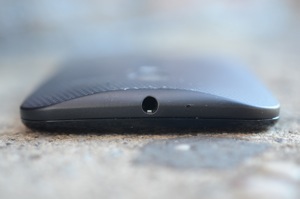




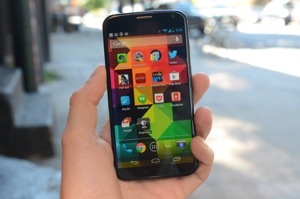
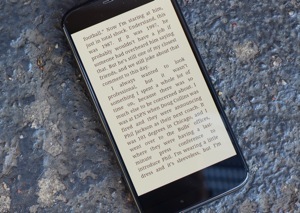



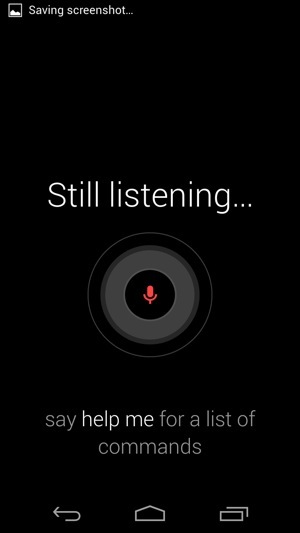
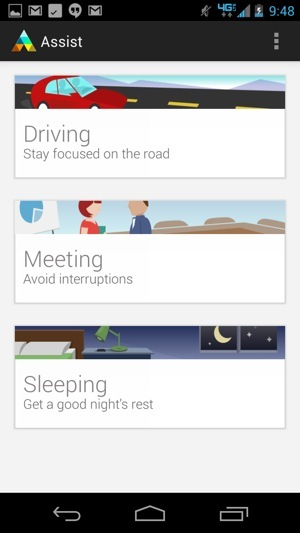

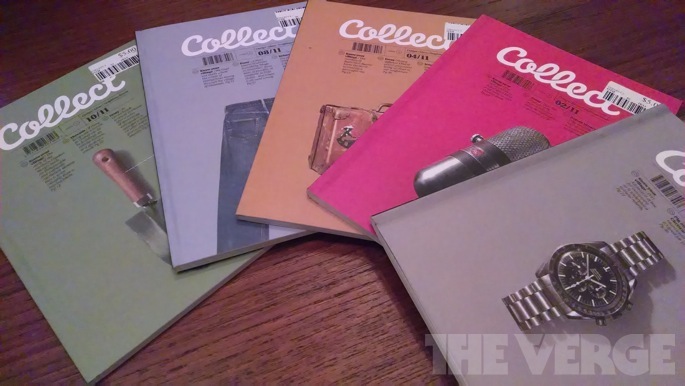
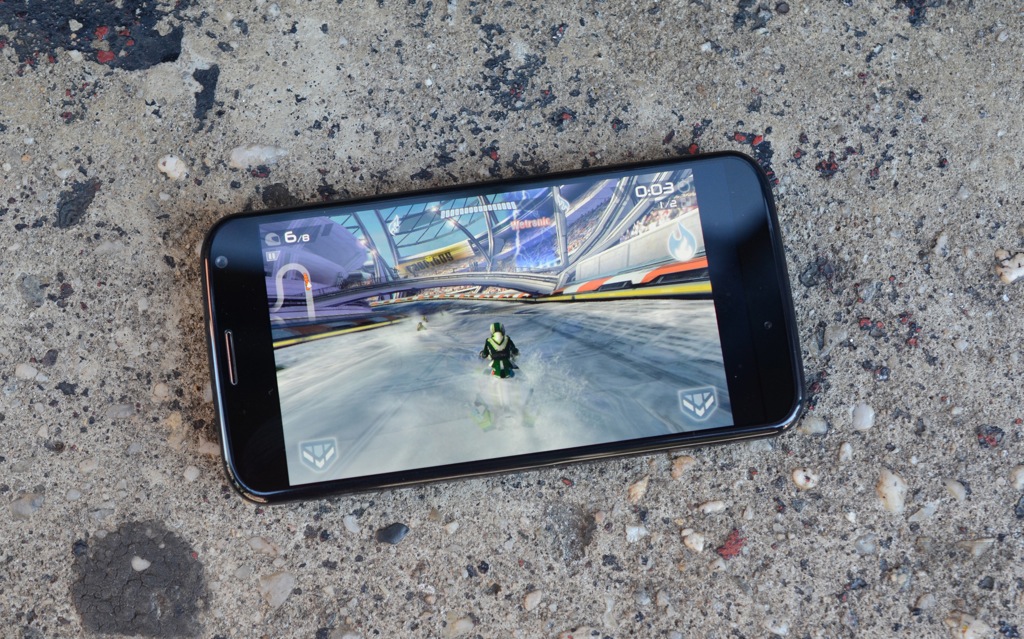


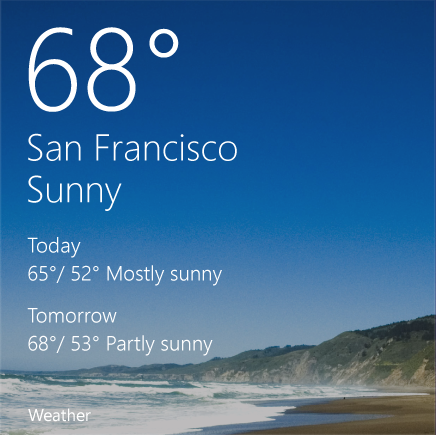
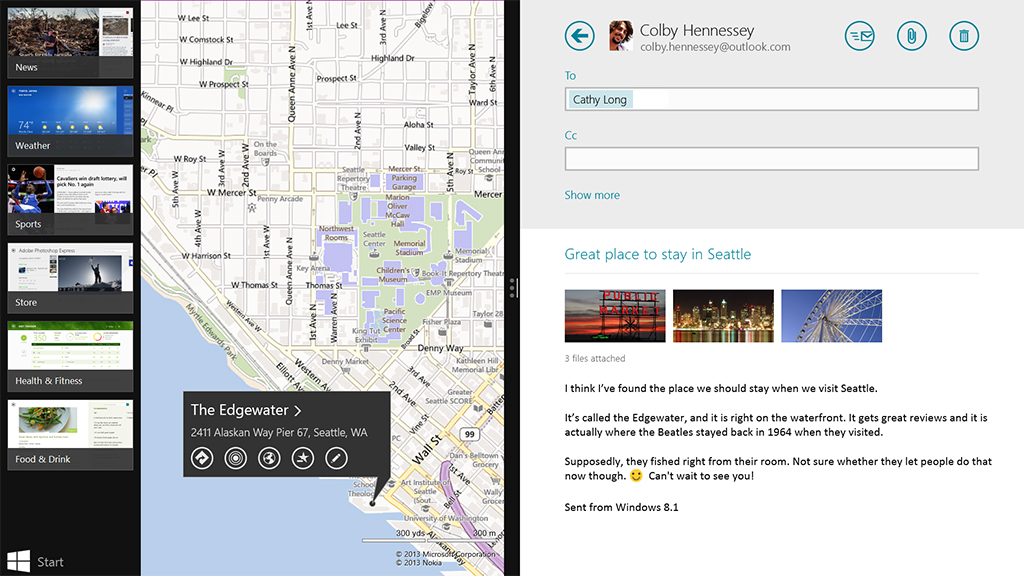

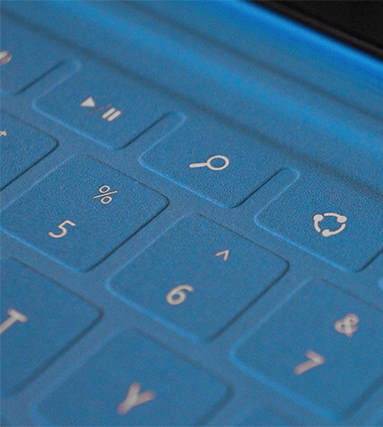
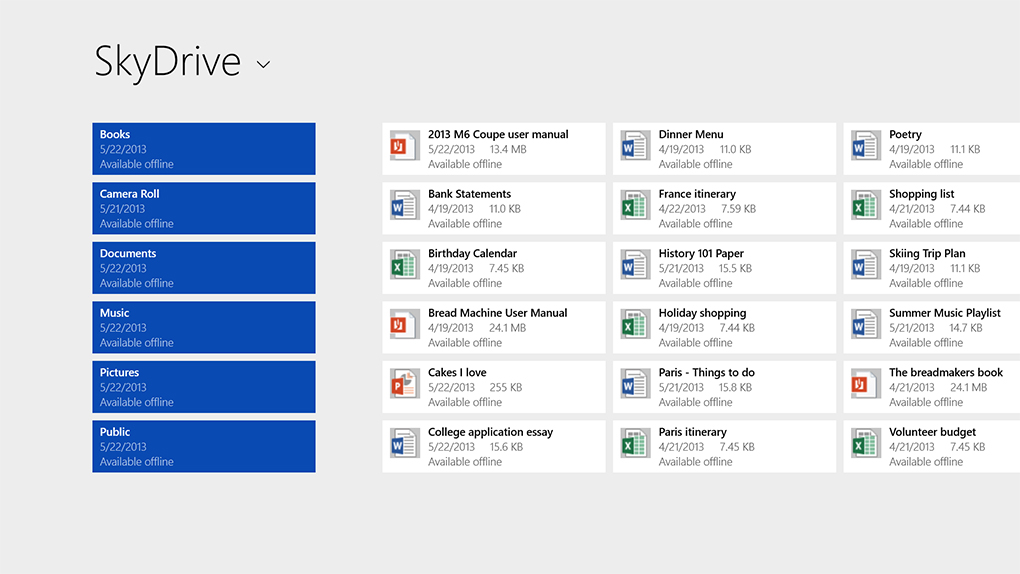


 http://i.imgur.com
http://i.imgur.com


